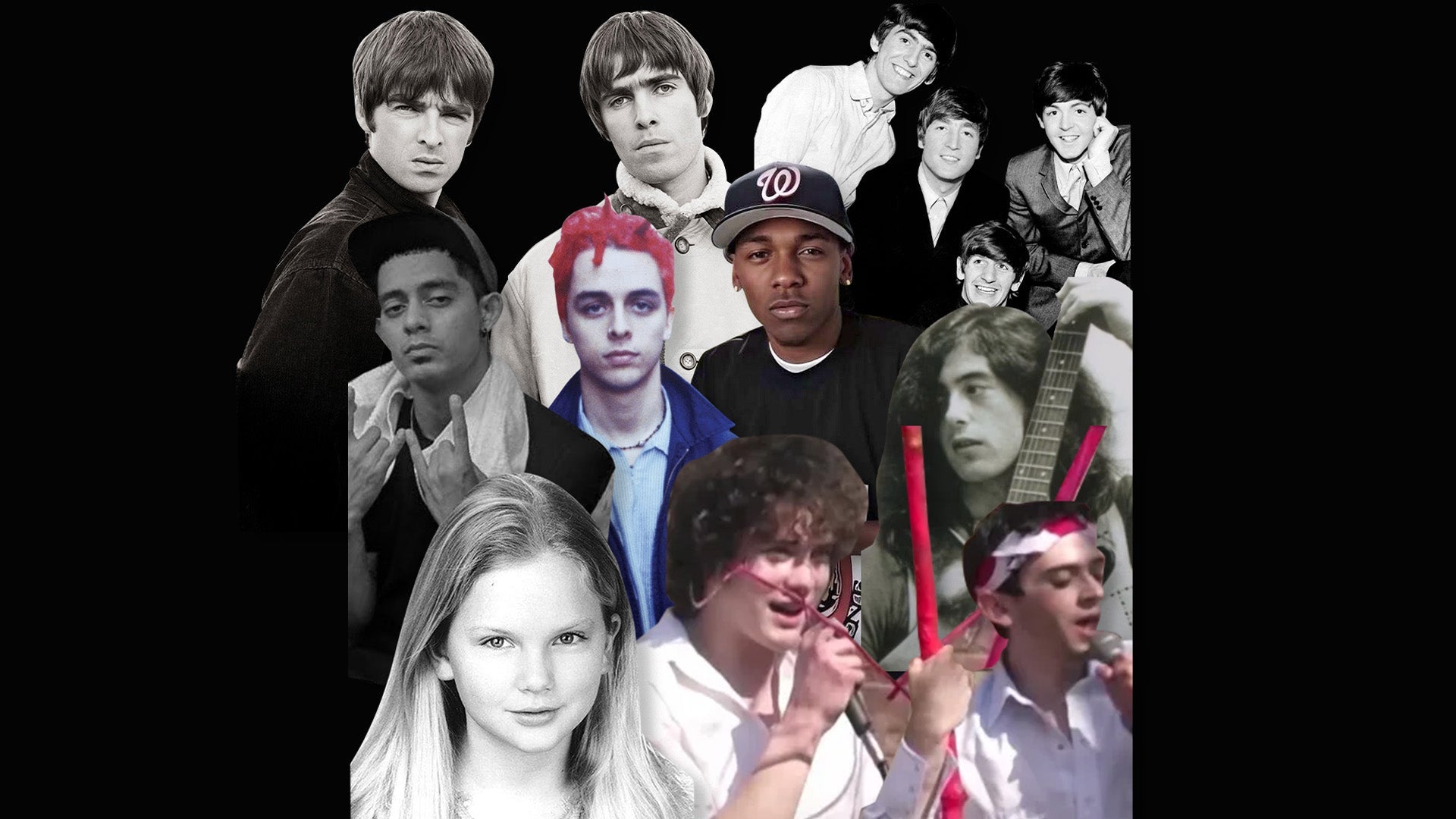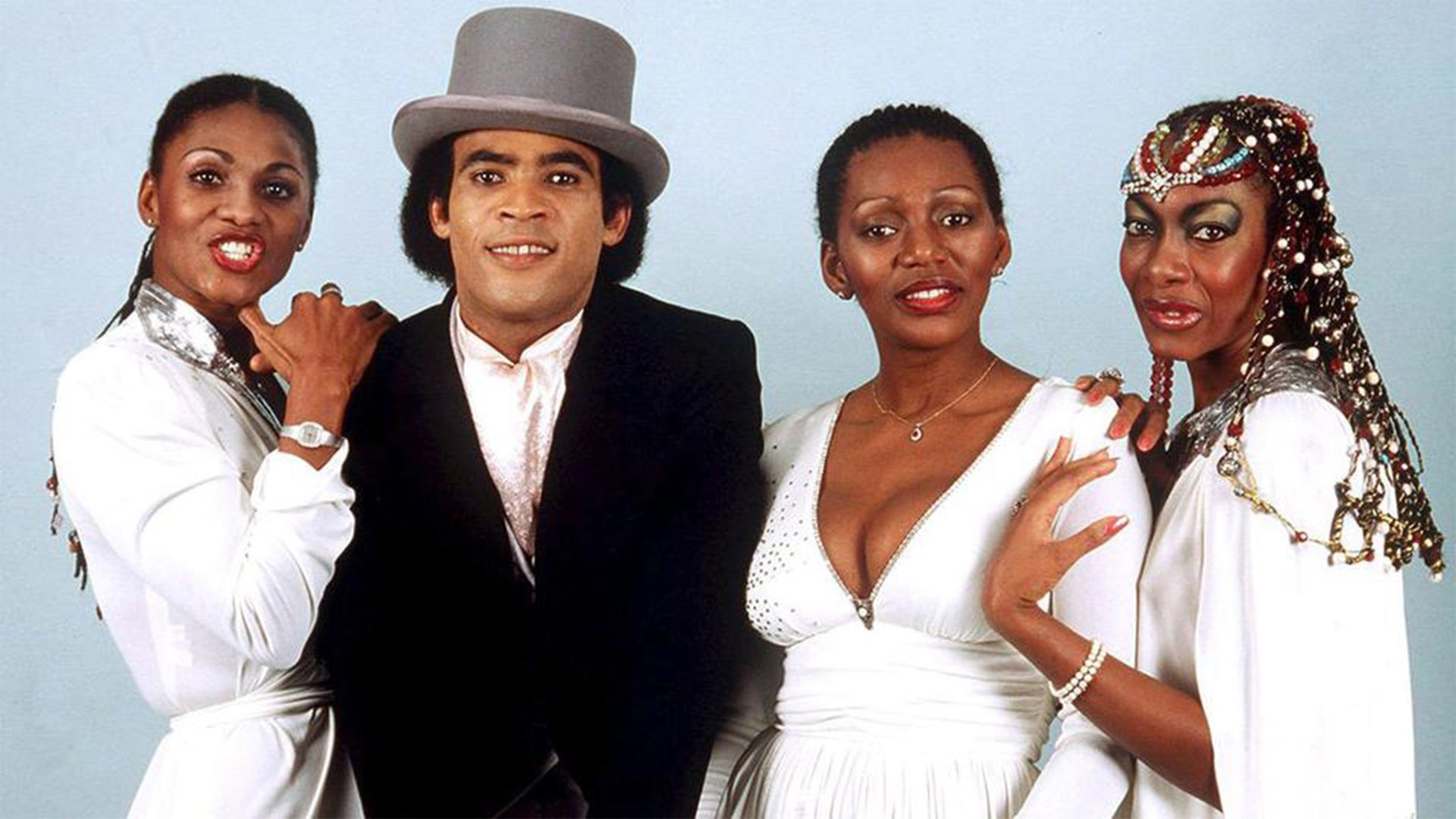Jatt & Juliet: and the Punjabi Immigrant Dream

At a time when Punjabi films often leaned on formulaic storytelling, Jatt & Juliet (2012), Directed by Anurag Singh, reimagined what Punjabi cinema could be, balancing humor, romance, and an immigrant narrative that felt both personal and universal.
It spoke directly to an audience that had long seen Canada as an extension of Punjab—sometimes as a dream, sometimes as a reality, and often as a complicated in-between.
Diljit Dosanjh’s Fateh Singh was a composite of countless young men from Punjab, fueled by ambition but often unprepared for the reality of migration. His single-minded obsession with securing Canadian residency was played for laughs, but it reflected a deep-seated truth—the desire to leave, the hope of a better life, and the awkward, often comical reality of adjusting to a new world.
Neeru Bajwa’s Pooja, embodied a modern Punjabi woman who understood both cultures, who had agency, and who challenged the male lead rather than simply admiring him from afar.
By this time, Diljit Dosanjh was already shaping contemporary Punjabi music with songs like Lak 28 Kudi Da, Kale Kale Suit , Fatto.
Fateh Singh’s charm, humor, and naivety worked because Diljit understood his audience. He knew their aspirations, their inside jokes, their everyday slang.
Songs like Pooja Kiven Aa and Main Jaagan Swere weren’t just played in Punjab—they were blasted at weddings in Brampton, at parties in Southall, and in car rides across Surrey.
Upon its release, Jatt & Juliet became one of the highest-grossing Punjabi films of all time. It also dominated overseas markets, particularly in Canada, the UK, and Australia, where Punjabi cinema had a growing but largely untapped audience.
For Punjabis abroad, Jatt & Juliet reflected their lived reality. The struggles of migration, the cultural disconnect between first-generation immigrants and their children, and the humorous misunderstandings that arise from navigating two worlds were all portrayed with authenticity.
Unlike films that merely romanticized migration, Jatt & Juliet acknowledged both the aspirations and the absurdities of the journey—a reason why it became a cultural staple in Punjabi households worldwide.



